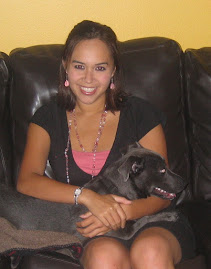
Coincidentally, this year the Mooncake Festival was on September 25, 2007 (I guess my craving for moon cakes came at an appropriate time). Every year on the fifteenth day of the eight month of the lunar calendar Chinese celebrate this occasion. The celebration is when the moon is at its fullest and brightest. The Mooncake Festival, also known as the Moon Fesitval or the Mid-Autumn Festival, is honored with dancing, feasting and moon gazing. And of course eating mooncakes.
Considered one of the most important celebrations on the lunar calendar, the tradition is celebrated with family reunions and spending time with loved ones. Families hold Moonlight Parties to bring people together. Additionally, lattern making competitions are held. Latterns are the traditional children's toy for the Mooncake Festival. People will create their own unique lanterns and then compete in a parade.
I cannot forget about why I originally discovered the Mooncake Festival, and that is because of the baked dessert the mooncake. Mooncakes are traditionally made with lotus seed and are approximately the size of your palm. This dense pastry is surrounded by a thin crust, and sometimes filled with the yolk of a salted duck egg. Some moon cakes have four yolks inside, represently the four equinoxes of the moon. The rich pastry is eaten in small wedges with Chinese tea. While I always wanted to eat the entire pastry, it now makes sense why my grandmother would only serve me a small wedge of the cake. But who says you can't change tradition?
I don't think I will be able to find any mooncakes for purchase in Fort Collins, Colo. I did however stumble upon China Sprout, a company that sells Chinese educational products online, including mooncakes. If eating is what it takes to get an education, you can count me in.


